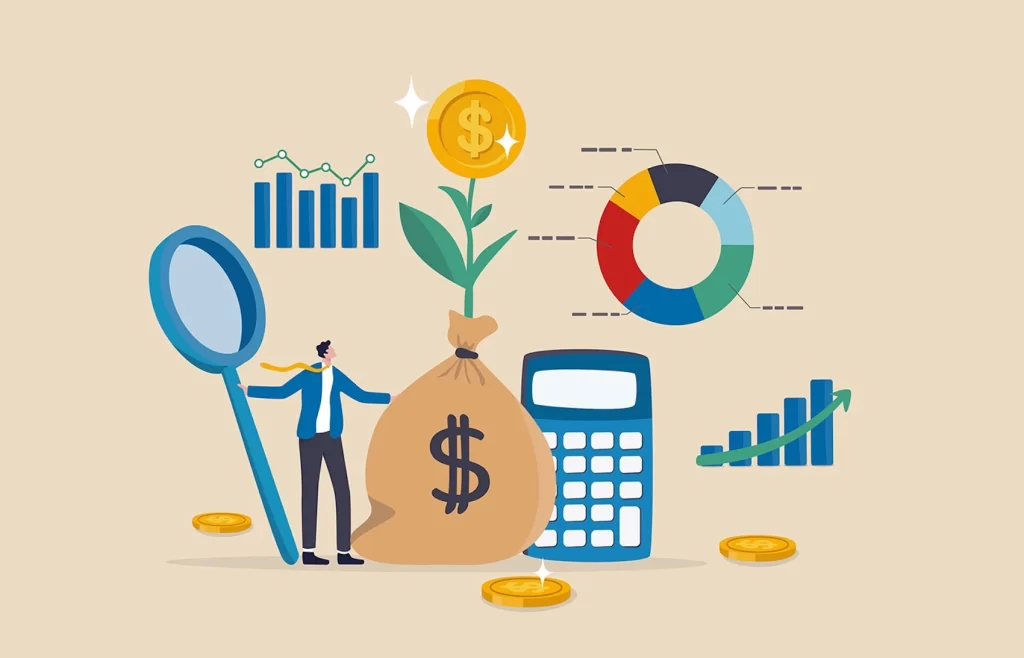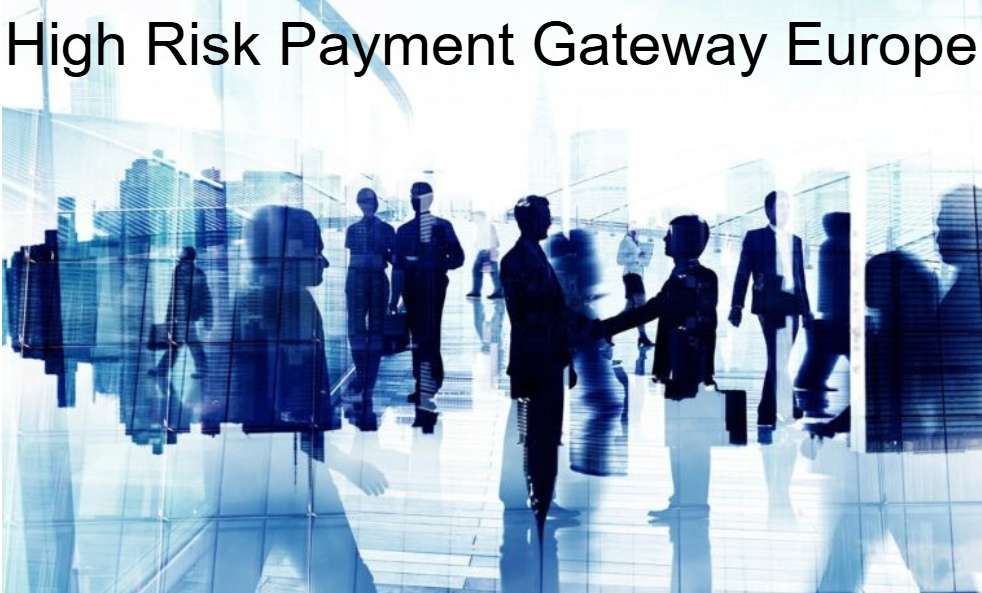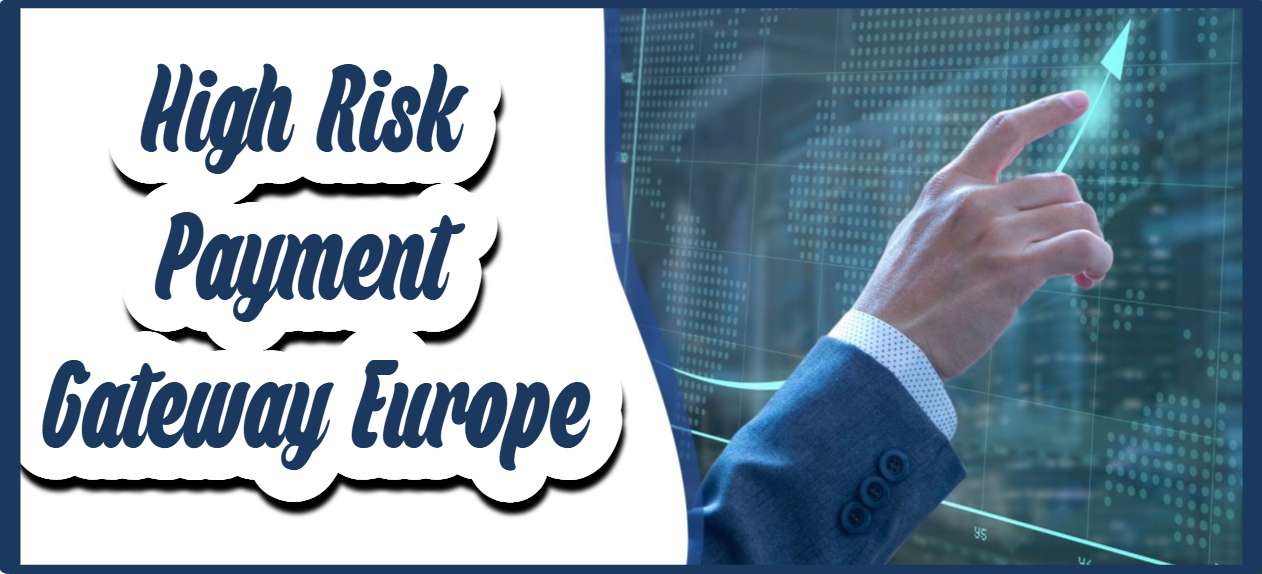AUTHOR : EMILY PATHAK
DATE : 15 -09 – 2023
Introduction

In 2024, payment gateways are evolving to meet the growing demand for digital transactions, enhanced security, and better customer experiences. As e-commerce continues to thrive globally, payment service providers are working to stay ahead of trends. They are innovating their services and offering more secure payment solutions. In this article, we’ll explore the latest trends in payment gateways, with a special focus on high-risk payment gateways in Europe[1]. We’ll also examine how businesses and consumers can benefit from these advancements.
The Rise of Digital Wallets and Mobile Payments
Digital Wallets: A Dominant Trend
One of the most significant payment gateway trends in 2024 is the increasing reliance on digital wallets. Platforms like Apple Pay, Google Wallet, and PayPal are leading the way in seamless, quick, and secure payments. The convenience of digital wallets has driven their adoption. Consumers are increasingly seeking faster and safer ways to pay. Integration of payment gateways with digital wallets[2] ensures a smooth transaction experience. This helps businesses reduce friction during the checkout process.
Mobile Payments on the Rise
With the growing penetration of smartphones and mobile applications, mobile payments are seeing a surge. Payment gateways are optimizing their services to accommodate mobile users, ensuring that mobile payments are as secure as they are convenient. This trend is especially important in Europe, where consumers increasingly prefer to make purchases using mobile devices.
Enhanced Security Features and Compliance
PCI DSS Compliance
Security remains at the forefront of payment gateway development[3]. Payment service providers are under increasing pressure to adhere to Payment Card Industry Data Security Standard (PCI DSS) regulations, which ensure that cardholder data is kept safe during transactions. As a result, payment gateways are incorporating robust security measures, such as encryption, tokenization, and multi-factor authentication (MFA), to protect against fraud and cyberattacks.
For businesses, especially in the European market, ensuring PCI DSS compliance is not only a legal requirement but also a competitive advantage. It assures customers that their sensitive payment data is handled with the utmost care and security.
Two-Factor Authentication (2FA)
With cybercrime becoming more sophisticated, payment gateways are increasingly integrating two-factor authentication (2FA)[4] to protect users from unauthorized access. This method requires both a password and a secondary verification, such as a text message or email link, to approve a transaction. This trend is crucial in mitigating the risk of fraud and ensuring that only authorized users can process payments.
The Growing Importance of High-Risk Payment Gateways in Europe

What Makes a Payment Gateway High Risk?
In the European market, some industries are considered high-risk, such as online gambling, adult entertainment, travel, and subscription-based services. Businesses operating in these sectors face higher transaction charges, stricter regulations, and potential payment rejections. A high-risk payment gateway in Europe[5] is specifically designed to accommodate these businesses by providing tailored solutions to mitigate risks associated with chargebacks, fraud, and compliance.
The Role of High-Risk Payment Gateways in Europe
The need for high-risk payment gateways in Europe is growing as more industries are classified as high-risk due to their nature. These gateways offer specialized tools and features that allow businesses to continue processing payments while minimizing the risk of fraud, chargebacks, and financial loss.
For businesses in high-risk sectors, partnering with a provider of high-risk payment gateway services can provide several advantages. These gateways come with advanced fraud detection mechanisms, tailored merchant accounts, and flexible payment processing systems that can handle the increased risk associated with certain industries. Additionally, high-risk payment gateways are often more flexible in accommodating businesses with less-than-ideal credit histories or those that have faced difficulties in securing payment processing services through traditional channels.
The Integration of Artificial Intelligence (AI) and Machine Learning (ML)
AI-Powered Fraud Detection
Artificial intelligence (AI) and machine learning (ML) are revolutionizing payment gateways by enhancing fraud detection and prevention systems. With the ability to analyze vast amounts of transaction data, AI can identify patterns and flag suspicious activities in real time. This trend is becoming particularly valuable for high-risk payment gateway Europe providers, who need to detect fraud more effectively and prevent chargebacks.
Streamlined Customer Experience
AI is also being used to streamline the payment process and improve the customer experience. Chatbots and virtual assistants are assisting customers with their inquiries, guiding them through the payment process, and offering real-time assistance. This technology helps reduce the chances of abandoned carts and ensures a smoother transaction flow for consumers.
The Growth of Cryptocurrency and Blockchain Technology
Cryptocurrency Adoption
Cryptocurrencies such as Bitcoin and Ethereum are gradually becoming more integrated into payment gateways. Businesses in Europe are increasingly accepting cryptocurrency payments due to its speed, lower transaction fees, and enhanced privacy. Payment gateway providers are starting to include options for cryptocurrency payments, which could be a game-changer for businesses looking to expand their global reach.
Blockchain for Secure Transactions
Blockchain technology, the backbone of cryptocurrencies, is also playing a significant role in enhancing payment gateway security. By decentralizing transaction data across a network of computers, blockchain minimizes the risk of fraud and enhances the transparency of financial transactions. Many high-risk payment gateway Europe providers are exploring blockchain as a way to provide a more secure and efficient payment processing solution.
Cross-Border Payments and Globalization

As e-commerce grows globally, payment gateways are becoming more adept at handling cross-border transactions. Businesses in Europe, especially those that cater to international customers, need payment gateways that support multiple currencies and languages. This trend is being fueled by the rise of cross-border e-commerce, with consumers from different countries purchasing goods and services from European businesses.
High-risk payment gateway Europe providers are particularly focused on helping businesses in high-risk sectors manage the complexities of cross-border payments. By offering solutions that minimize transaction costs, currency exchange issues, and compliance challenges, these providers are enabling businesses to expand their global footprint.
Conclusion
The payment gateway landscape is constantly evolving, and 2024 promises to be a year of continued innovation, particularly with the integration of advanced technologies such as AI, blockchain, and cryptocurrency. For businesses in high-risk industries, partnering with a high-risk payment gateway Europe provider can help mitigate risks while ensuring smooth and secure transactions. As the digital payment ecosystem continues to grow, it’s crucial for businesses to stay up-to-date with the latest trends to stay competitive and meet the demands of their customers.
FAQs
1. What is a high-risk payment gateway?
A high-risk payment gateway is designed for businesses in industries that are considered high-risk, such as online gambling, adult entertainment, travel, or subscription services.
2. Why do high-risk payment gateways charge higher fees?
High-risk payment gateways charge higher fees to compensate for the increased risks associated with chargebacks, fraud, and the nature of the industry.
3. How can a high-risk payment gateway benefit my business in Europe?
A high-risk payment gateway in Europe offers benefits such as specialized fraud prevention tools, better handling of chargebacks, flexible payment processing options, and improved compliance with regulations.
4. How does artificial intelligence help high-risk payment gateways?
AI helps high-risk payment gateways by analyzing transaction data, detecting fraud patterns, and preventing chargebacks.
5. Can I accept cryptocurrency through a high-risk payment gateway in Europe?
Yes, many high-risk payment gateways in Europe are now supporting cryptocurrency payments, offering businesses the opportunity to accept digital currencies such as Bitcoin and Ethereum as an alternative payment method.





